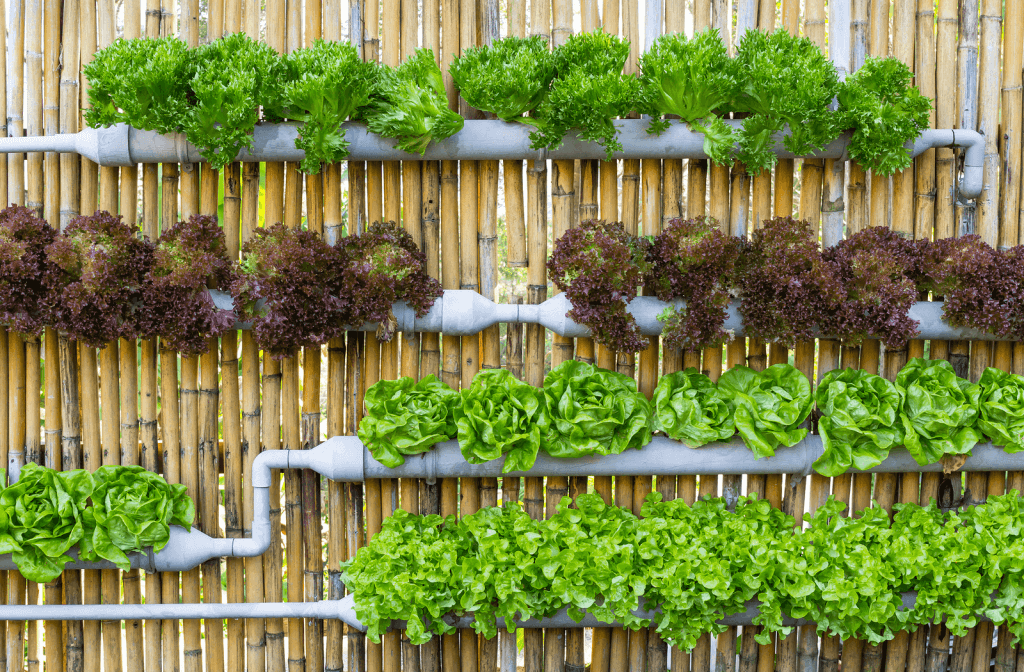
While hydroponics could still be said to be far from mainstream in the agricultural world, there is a growing need and place for it in the market. The benefits of hydroponic gardening are numerous and well documented and some people are still reluctant to adopt it. Hydroponic gardening is not practical on a small scale, so very few hobbyists or average people use hydroponics, but it is gaining more appeal to large corporations. Many people don’t accept hydroponics because it has long been associated with the growth of marijuana and there is some reluctance to adopt this form or gardening because of its reputation.
Hydroponics is basically gardening without soil. In hydroponic systems, plants are placed in a growing medium or nutrient mixture and the needed minerals and nutrients are provided directly to the roots through water instead of through the soil. Most people are surprised when they find out that plants don’t really need soil to grow. The nutrients that are found in the soil are what are really necessary for the plant. It has been found that soil is inefficient in the way that nutrients are absorbed and distributed to plant roots. Plants spend a lot of time and energy growing complex root systems into soil so that they can maximize the amount of energy found in the soil. Root systems are typically smaller in hydroponic gardens because the plants don’t need to have them grow very large because small roots can provide all the necessary nutrients. Hydroponics allows plants to grow up to 50% faster than soil gardens, which can really be a benefit in the culture of commercial plants. The dramatic reduction in the time it takes to grow the plant also reduces the costs associated with growing them.
Hydroponics gives complete control over nutrient dispersion and balance to the plants. As a result, plants are more uniform in size and growth patterns are more stable. The pH is also easier to control and maintain. Hydroponics provides a dramatic reduction in the amount of pests and diseases because they can’t survive as easily in the nutrient mixture. It is also said that hydroponic gardens are more efficient in the use of space and also waste less water that is unused in the soil. Hydroponics can relieve stress on the environment and provide much needed plants and food for people in relatively small spaces. This reduces the amount of resources that are needed to grow food and the reduction in the amount of time it takes to grow plants can also help out a lot. Hydroponic gardeners use about one quarter the amount of fertilizer that traditional gardeners use.
Hydroponic gardens can be located practically anywhere without much trouble and can also be set up to recycle water and unused nutrients. The savings in terms of space is becoming more and more important in a world that is constantly losing usable farmland. It is estimated that the amount of arable land decreases the world over by about ten million hectares each year. This is very dramatic for the traditional farmer and can be a very good reason to look in to hydroponic gardening. Hydroponic gardens can produce the same amount of crops as soil gardens with about 1/5 the space. This can be reduced even further because there can be several layers or levels of gardens in one building or greenhouse. Hydroponic gardens also don’t have to depend on growing seasons and can be producing crops year round as long as they can maintain temperature and humidity where it should be.